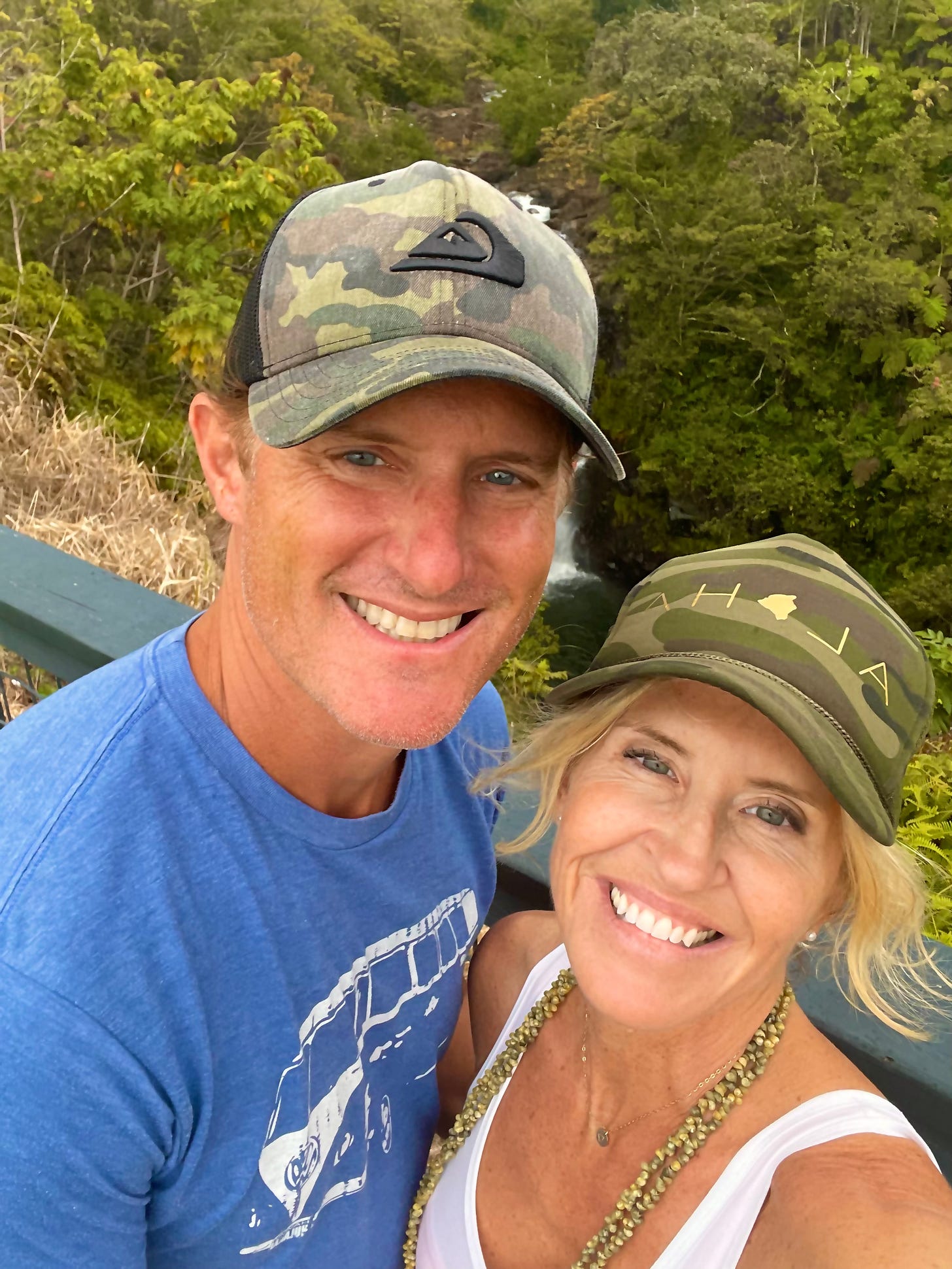What Complex PTSD Does to Your Brain — and Why Healing Feels So Hard
Survival mode doesn’t just change how you feel — it changes how your brain works.
When you’ve lived in survival mode for years — or even decades — it can feel like your brain is working against you.
You might wonder why it’s so hard to stay calm, to trust, to focus, to stop second-guessing yourself.
You might even wonder if something is wrong with you.
If you’ve ever felt that way — please hear this:
There’s nothing wrong with you.
It’s what Complex PTSD does to the brain.
And understanding it can be one of the most powerful steps toward healing.
Survival Mode Rewires the Brain — It’s Not Your Fault
When you grow up, or live long-term, in environments where you didn’t feel consistently safe, your brain has one job: protect you.
It adapts to constant threat by changing the way it works — literally rewiring itself for survival.
These changes aren’t about weakness. They’re about protection.
Here are three major ways Complex PTSD impacts your brain:
1. A Hyperactive Threat Detector (Amygdala Changes)
The amygdala is your brain’s alarm system.
Its job is to scan for danger and sound the alarm if it senses a threat.
When you live in survival mode, your amygdala stays stuck on high alert — constantly scanning, constantly preparing for the worst.
This is why you might:
Feel anxious even when things seem fine
Get startled easily
Struggle to fully relax
It’s not because you’re "too sensitive."
Your brain learned it had to be ready — because at one time, it did.
2. Disrupted Emotional Memory (Hippocampus Changes)
The hippocampus helps you organize memories, process emotions, and tell time (emotionally and mentally).
Long-term stress and trauma can cause the hippocampus to shrink, which can lead to:
Difficulty sorting past from present
Emotional flashbacks
A sense of being stuck in old pain
It can feel like the past isn’t over — it’s still happening inside you.
Again, this isn’t a personal weakness.
It’s the result of a brain that had to store overwhelming experiences without enough time, safety, or support to fully process them.
3. Weakened Rational Thinking (Prefrontal Cortex Changes)
The prefrontal cortex is the part of your brain responsible for logic, planning, self-regulation, and decision-making.
In survival mode, your brain prioritizes fast, instinctual reactions over thoughtful planning — because survival often depends on it.
You might notice:
Trouble making decisions
Overthinking or catastrophizing
Emotional impulsivity
Difficulty following through on goals
It's not about laziness or being "bad at adulting."
Your brain wired itself to react first — not pause and plan — because that’s what it had to do to get you through.
Why It Feels So Hard to Change
If you’ve ever felt frustrated — wondering why healing feels slow, why you keep getting pulled back into old patterns — this is why.
Your brain was literally reshaped for protection.
It wasn’t built for peace, trust, or emotional flexibility.
It was built for defense.
You're not starting from a blank slate.
You’re starting from a brain that adapted to survive what you went through — even if it cost you your sense of ease, confidence, and groundedness along the way.
That’s not a weakness.
It’s a reflection of just how hard your brain fought for you.
The Good News: You CAN Rewire Your Brain
Thanks to neuroplasticity, your brain has the incredible ability to change — even after years of living in survival mode.
New neural pathways can be built.
Old survival patterns can be softened.
Safety, trust, and emotional resilience can be relearned — a little at a time.
Healing isn’t about "fixing" yourself.
It’s about gently teaching your brain and body that it’s safe enough now to live differently.
It happens slowly — not by forcing it, but by taking small, consistent steps that create new wiring.
You don't have to stay trapped in old patterns forever.
Your brain is capable of incredible growth — and the fact that you’re here, learning about this, is already part of that change.
💬 Know someone who might need this? Share this post.
Coming Up Next in This Series:
In the next post, ‘When Survival Lives In Your Body: The Hidden Physical Toll of Complex PTSD,’ we’ll move beyond the brain and explore how trauma physically lives in the body — and why so many of the symptoms we struggle with aren't random, but survival patterns wired deep within us.
Stay close — you're doing powerful work just by being here. 🫶
If this resonated with you...
We’d love to have you stick around.
Subscribe for FREE below for future posts — real stories, gentle reminders, and practical tools we teach (and use) for feeling safe in your mind & body.
📌 About Us:
We’re Kristin & Travis Francis — founders of Complex PTSD Warrior. We provide trauma-informed education & guidance for healing your nervous system, repairing relationships, and breaking generational cycles — with curated tools based in neuroscience & lived C-PTSD experience.
Disclaimer: The content shared here is for educational and informational purposes only and is not a substitute for professional mental health care, diagnosis, or treatment. Please go at your own pace, and always prioritize what feels safe for your body and nervous system. If you’re in crisis or need immediate support, please reach out to a licensed mental health provider or crisis resource in your area.





Good God. You described my response to damn near everything.
I joke/ not joke that I always raise the most docile, tame animals ever, but I myself am 100% feral.
Thank you for this post very helpful and relatable